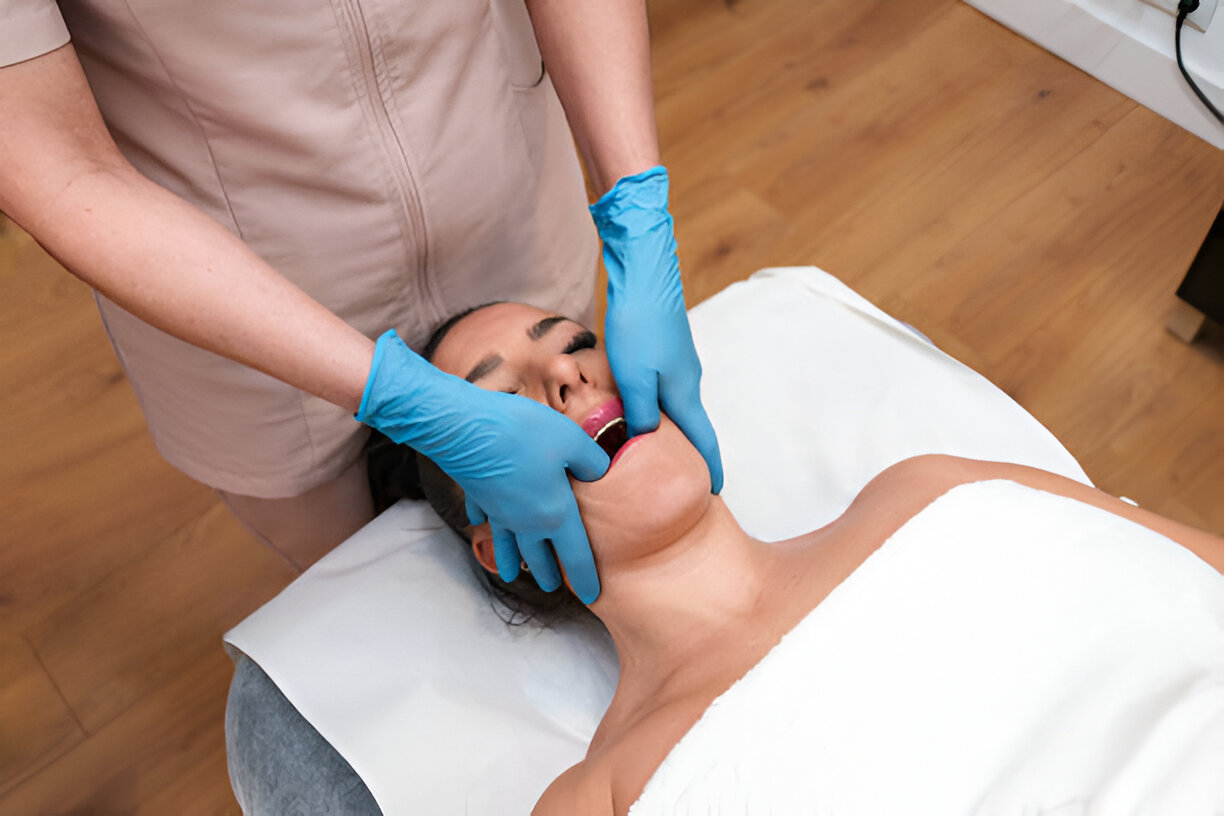
The statistics show that among Americans, almost 12% are suffering from temporomandibular joint problems, known as TMJ. Also, it is more common among women as compared to men.
There are many kinds of treatments available for TMJ symptoms, which depend upon how severe the problem is. Most doctors offer normal therapy, while surgery may also be suggested in some cases.
It is important to visit the Elassal Orthodontics clinic available in Oklahoma City and consult an orthodontist. There are experienced medical professionals available here to treat your TMJ.
What is TMJ disorder?
The temporomandibular joint, or TMJ, joins our skull and jaw so that we can do the following:
- Yawning
- Chewing
- Speaking
When we have any TMJ issues, then our facial muscles get affected severely.
Causes for TMJ disorder
The exact cause of this problem still remains unknown. However, this problem usually starts with either our jaw muscles or the joint. Often, it has been noticed that the problem can also arise due to certain injuries.
Teeth grinding, arthritis, displacement of the joint’s cushioning disc, and stress—which can cause muscle tension are among the contributing reasons.
According to research, TMDs are not brought on by dental problems such as faulty bites or braces. Women and individuals assigned female at birth are disproportionately affected, with studies ongoing to explore potential structural and mechanical differences in the TMJ between genders that might contribute to this disparity.
Symptoms
There are several symptoms to suspect TMJ, including:
1) Pain
The primary symptom of a TMJ disorder is jaw pain during movement. Additional symptoms can include headache, migraine, neck and back pain, and earache that may radiate to the cheeks.
If pain is distant from the jaw, doctors typically consider other symptoms before diagnosing a TMJ disorder.
2) Sounds
A common, often painless symptom of TMJ disorders is an unusual popping or clicking noise during activities like eating or talking. However, jaw noises alone are not typically indicative of a disorder.
Medical advice may be necessary only if these sounds accompany pain or limited jaw movement, along with potential ear symptoms.
3) Restricted movement
Restricted jaw movement can cause severe discomfort and interfere with daily tasks by limiting mouth opening and mobility.

Treatment
For TMJ issues, there are several treatment options available, beginning with self-care and lifestyle modifications. Many people can adequately manage mild to moderate symptoms at home.
Recommendations frequently include limiting jaw movement by avoiding chewing gum, ingesting soft foods, and refraining from clenching. Relief may also come from rubbing the surrounding muscles and doing mild jaw exercises.
Healthcare providers often recommend a balanced regimen of rest and mild exercise, and they can provide advice on appropriate activity and lifestyle adjustments.
Applying ice or moist heat can also help ease pain and lessen TMJ condition symptoms, which will make daily tasks easier to handle.
Summary
Although TMJ issues can have a major influence on day-to-day functioning, there are a number of treatment options that can help manage symptoms and enhance general comfort, such as self-care, lifestyle modifications, and professional advice.



